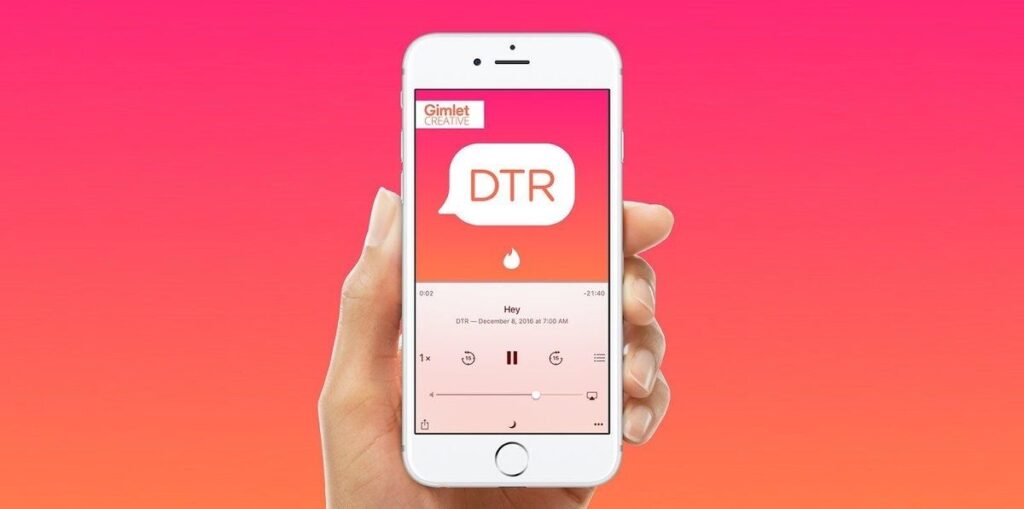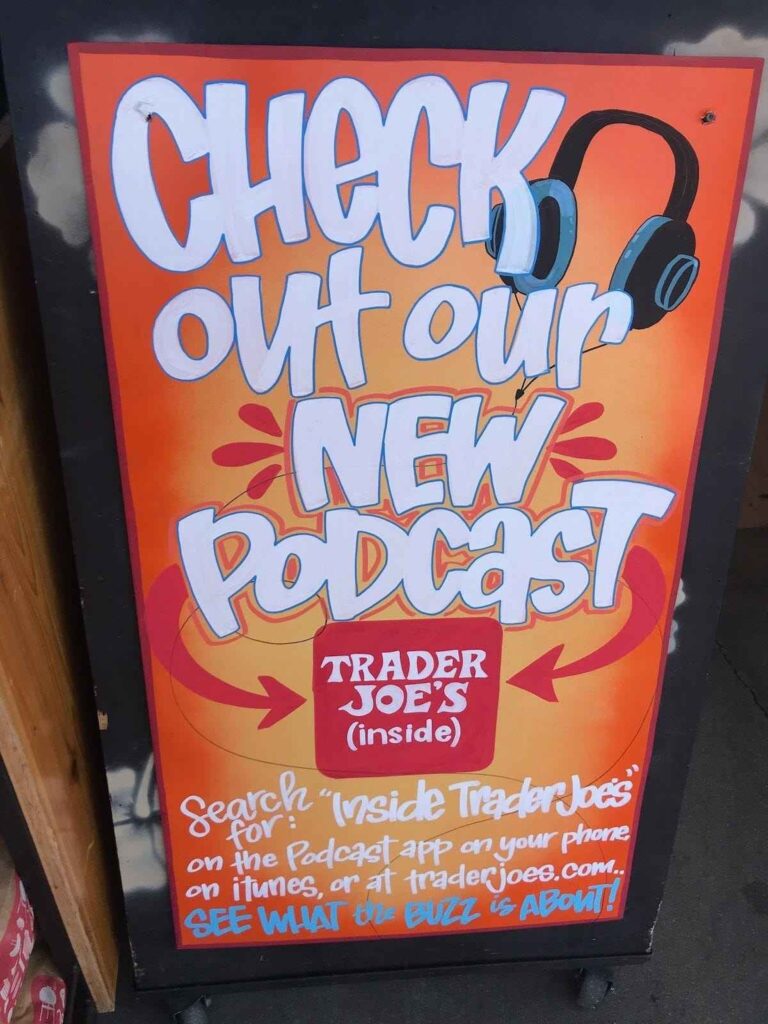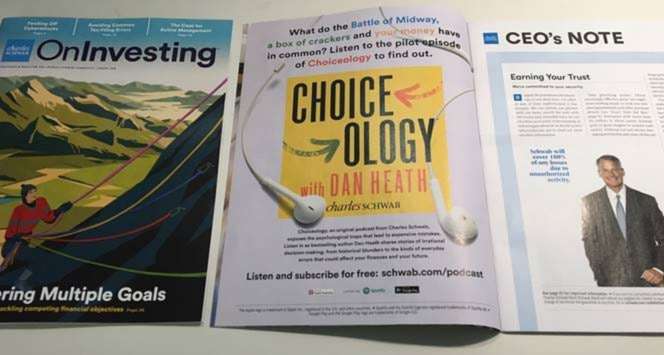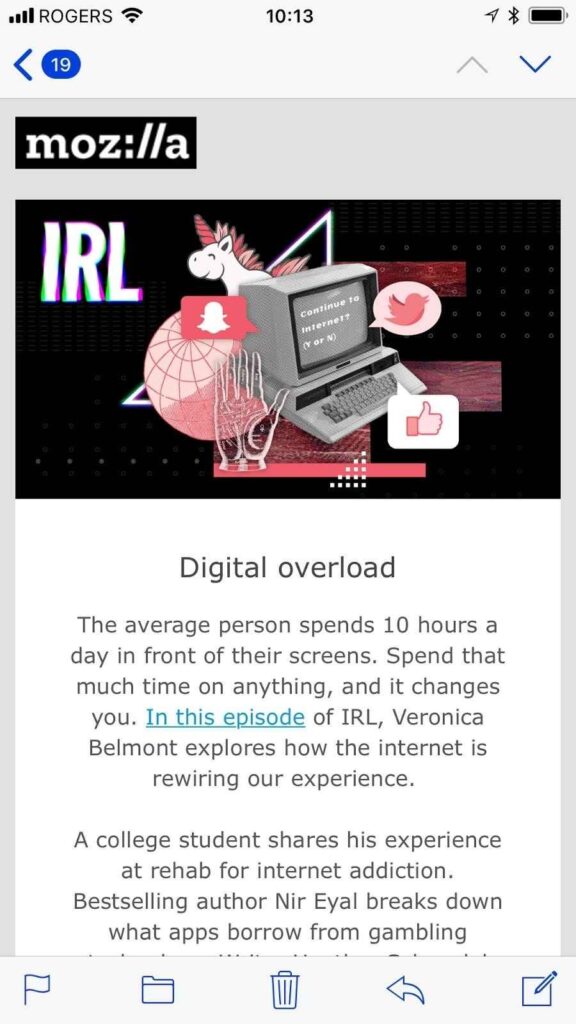Weapons of Mass Distribution — The Unfair Advantage Of Networks and Brands
Every new podcast starts in the same place. Zero listeners and zero subscribers.
Most podcasts grow slowly and steadily over time. Some podcasts, however, launch like a rocket and grow big audiences quickly.
What’s the secret of these fast-launching podcasts? My stupid name for this not-stupid secret is “WMD — Weapons of Mass Distribution.” WMDs are the secret strengths or unfair advantages that allow some podcasts to have a massive impact and reach a lot of people in a short period of time.
The Podcast Network
The most obvious WMD is owning a podcast network. NPR, Gimlet, Panoply, How Stuff Works, Midroll / Stitcher, Audioboom, and others have an amazing ‘unfair advantage’ — their own networks and shows. They are all able to use their existing shows to promote new shows to listeners. How often have you heard about a new NPR show because you heard a promo on another NPR show? How often have you checked out a new Gimlet release because Reply All or Startup’s hosts gave it a personal endorsement?
Using a network as a WMD is preaching to the converted. You’re talking to the audience you already have, which is comprised of dedicated podcast listeners. They’re more likely to convert into listeners of your new podcast than people who have never listened to a podcast before. It is an amazing WMD.
Owned Channels of Brands
It might seem counter-intuitive to suggest that a brand could be more effective than a podcast network when it comes to launching a new podcast. Some larger brands, though, have a WMD that dwarfs the powers of the biggest podcast networks: the channels that they already own.
Owned channels include everything from websites to apps and from their products and services to their physical locations. And when you take stock of how many people brands can reach through their owned channels, it’s easy to understand why many of them are able to build large and passionate audiences for their podcasts very quickly.
Unlike a podcast network, a considerable portion of the people that brands can reach are not regular podcast listeners. By using their owned channels effectively, a brand can be one of the sources of growing the overall podcast industry — they aren’t preaching to the converted, they are growing the pie. And as a brand, who wouldn’t want to have the opportunity to give a new listener their first ever podcasting experience?
These are some of the best WMD examples from brands that I know of:
Tinder’s In-App Podcast Promotion

Tinder promoted their DTR podcast (produced with Gimlet Creative) inside the Tinder app itself. The podcast would show up as a ‘match’ for Tinder users and if they swiped to accept the match, it took them directly into a podcast app to start listening. Think about how easy that makes it to transition someone into a podcast listener — one swipe and you’re in. And think about how many people Tinder can reach through their own app compared to any other way of raising awareness for their show. The cost for Tinder? Pretty much nothing. Add two WMDs together — the Tinder app PLUS Gimlet’s network and you’ve got an amazing way to grow the podcasting pie AND preach to the converted. Super smart.
Trader Joe’s In-Store Podcast Promotion
Trader Joe’s has recently launched their own podcast, Inside Trader Joe’s, and used a unique WMD — their own stores and their signature hand-drawn posters. This is reaching people who have never listened to a podcast — it’s growing the pie.

Schwab’s Multi-Channel Podcast Promotion
Schwab promoted their Choiceology podcast about how to make better decisions in a huge variety of owned channels. The Schwab website. The Schwab mobile app. Their email newsletters. Podcast promos on digital signage inside all of Schwab’s physical branch locations. And yet another unique WMD — Schwab publishes quarterly magazines that are sent to all their clients. What was sitting inside the front cover of the magazine this spring? This gorgeous full-page ad for the podcast.

The result of Schwab using all their WMD powers is a very sizeable audience after only 7 episodes and ratings and reviews to die for.
Mozilla’s Firefox WMD
Mozilla has one of the biggest WMDs we’ve ever seen — they are the makers of the Firefox web browser and the owners of one of the web’s best content curators, Pocket. When new episodes of IRL, their podcast about the health of the internet, are released, there are often promos for the podcast when you open a new tab in your Firefox browser or in an email of great content recommendations from Pocket.

How many people open a new tab in Firefox every day? A LOT.
How many people love Pocket content recommendations? A LOT.
As a company that builds products to make the internet a better place, Mozilla also has a large and engaged group of people signed up to their newsletters, which also promote the podcast. How many Firefox users care about the health of the internet and are interested in hearing an entertaining show about issues like data collection, privacy, and the gamification of the web? A LOT.
When you combine Firefox promotion and Pocket email newsletter promotion of a great show to a passionate audience, how many listeners do you get for your podcast? A LOT.
How many podcasters are jealous after seeing this WMD? A LOT. 🙂
What’s Your WMD?
Of course, not every brand or every podcaster has access to a full-fledged WMD. And for some podcasters who target niche audiences, you may not even want mass distribution.
What everyone CAN ask themselves, though, are these questions:
- What are my unfair advantages?
- What networks am I uniquely suited to activate?
- What can I do that no one else can do when it comes to promoting my show?
It could be your host. It could be your access to unique guests. It could be your laser-like focus on a particular topic.
Whatever it is, use your unfair advantages to the best of your abilities and build yourself a bigger audience.
![]()
If you’re up for sharing, I’d love to hear about some of the best WMDs you’ve seen or the unfair advantages / secret strengths you use to grow your podcast audience.
![]()
If you’d like to learn more about podcasting as a brand, here’s a few more articles you might be interested in reading:
Podcast Success for Brands in One Graph.
Sign up for the Pacific Content Newsletter: audio strategy, analysis, and insight in your inbox. Once a week.
